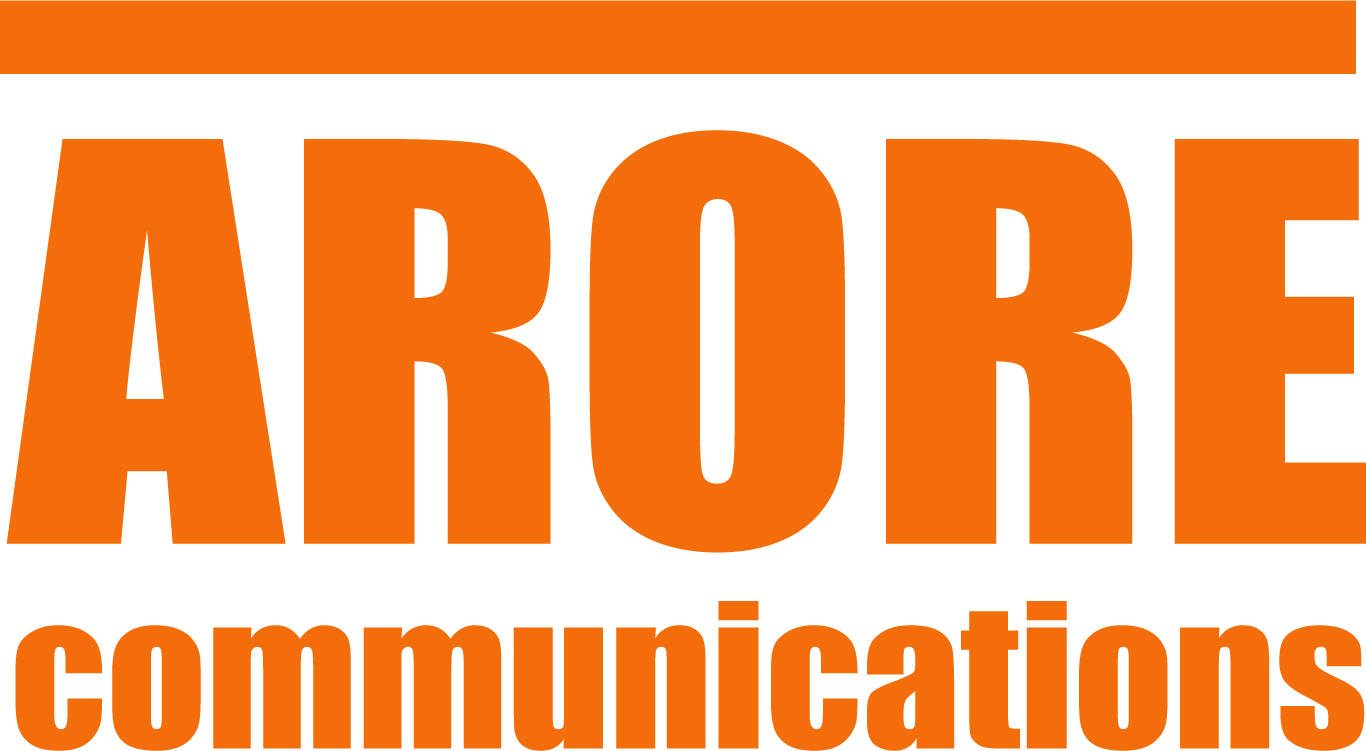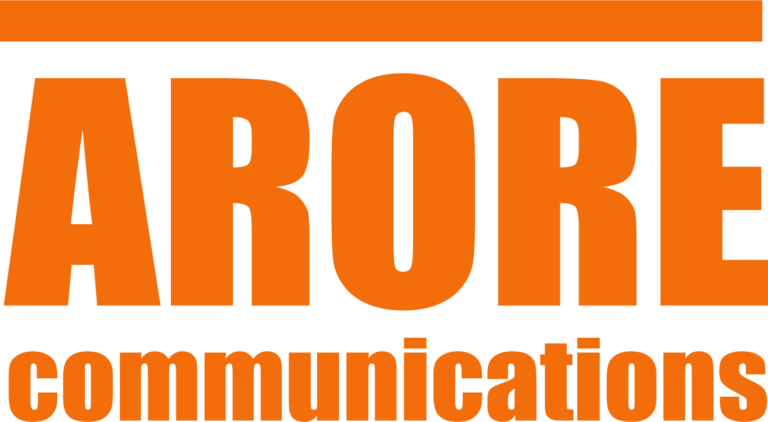Generative Engine Optimisation (GEO)
Being trusted is just as important as being seen.

Online searching has undergone a significant shift and is not only about being at the top of major search engines. Over and above traditional SEO practices, in the new era of Artificial Intelligence (AI), online content must be recognised by Large Language Models (LLMs) such as ChatGPT, Gemini, Microsoft and Meta, and be included in their given results.
The rise of AI in search
According to a comprehensive “State of Consumer AI” report published by Menlo Ventures in June 2025, the global AI user base has swelled to an estimated 1.7 to 1.8 billion people. Approximately 500 to 600 million people engage with AI tools every day. The global AI market is expected to expand at a Compound Annual Growth Rate (CAGR) of approximately 35.9% between 2025 and 2030.
The rapid growth highlights why more companies are striving to help consumer AI or LLM companies such as ChatGPT, Gemini, Microsoft, and Meta understand their identity and branding. By doing so, they aim to have AI recommend their brands to the millions of users interacting with these platforms daily.
Generative Engine Optimisation (GEO)
Generative Engine Optimisation (GEO) is a term coined by researchers to help content creators improve their content’s visibility in LLM search results.
“The objective behind successful GEO and SEO practices is to establish your website, and your company by extension as a primary source of authority and trust for Search Engines, LLMs and Human Users, ensuring your content is prominently featured in traditional search rankings and reflected as a reliable citation in AI-powered search results.”
An example of this is Google’s AI Overviews, which provides a synthesised answer to the user’s Question or query at the top of the search results. (show image)

GEO vs. SEO: Key Similarities and Differences
The Generative Engine Optimisation (GEO)and Search Engine Optimisation (SEO) are two essential terms that are the foundation of modern digital marketing. While both are ways to optimise visibility of the website, SEO is geared to Search Engines and GEO is tailored to Large Language Learing Models (LLMs).
Applying these two disciplines simultaneously in digital marketing will increase branding visibility significantly for both traditional and AI-driven research.
LLMs crawl websites based on clear, unambiguous, and easily citable content. Factors typically affecting a website’s visibility in traditional search engines include page speed, mobile-friendliness, and backlinks.
While site speed is still a factor for LLMs, more consideration is given to the authority of sources and the overall content of the entire site.
EEAT Framework in Generative Engine Optimisation (GEO)
EEAT is a set of guidelines developed by Google to evaluate the content quality of a website to determine which content or websites offer helpful and reliable information for users.
Websites with higher EEAT signals tend to rank higher in Search Engine Result Pages (SERP) because search engines prefer more trustworthy and authoritative content.
EEAT stands for:
- Experience: This relates to the author’s background, or the extent of firsthand knowledge and experience a website demonstrates with its content.
- Expertise: This focuses on the author’s in-depth knowledge and understanding of the written content based on his experience, background and credentials
- Authoritativeness: This refers to the reputation of being widely recognised as a source of information within the industry. It concerns the reputation of the brand and the company as a whole.
- Trustworthiness: This aspect of the website or brand encompasses components like safety, reliability, accuracy, and security for users. Making the site more secure and served over HTTPS is beneficial for the site and makes it more crawlable for AI.
The Role of EEAT in Enhancing AI Content Visibility
This framework not only builds credibility for website visitors but also for the AI itself.
Experience demonstrates lived experiences and human-made content to LLM models; AI cannot fake genuine experience and real-life situations.
A person’s expertise signals a high level of knowledge, which increases the likelihood of LLM citation. Suppose an individual has a high academic standing and many years of experience. In that case, this builds the author’s expertise, leading the LLM to cite them as an expert in their field.
The authority of a site not only increases its ranking on LLM if more platforms cite or use the website as a source of information, thereby increasing the website’s overall reputation.
Ensuring user privacy and safety makes a site more trustworthy.
Constitutional AI in Generative Engine Optimisation (GEO)
Claude developed the Constitutional AI framework. The tenets of Constitutional AI require your website to be optimised to be a trustworthy, reliable and citable source of impeachable information.
The best way to “Optimise for Constitutional AI” is to stop thinking about optimisation as a set of tricks and start thinking about it as a deep commitment to quality and trust. Optimising for Constitutional AI is a happy byproduct of optimising for human trust. If you build a resource that genuinely helps people in a safe, honest, and transparent way, you will be precisely the kind of source a well-designed AI will want to learn from and cite.
The Constitutional AI Framework aligns itself perfectly with Google’s EEAT Framework.
Up-to-date content with accurate and transparent details, along with accessible contact information and detailed privacy and terms of service, increases the chances for learning language models to trust the site.
Human-written content
Your website’s content is significantly more likely to be valuable and sought after for training future Large Language Models (LLMs) if it is human-generated as opposed to AI-generated. [link to page]
LLMs are designed to lessen misinformation; if a site’s content is fake, it is unlikely to appear in generative results.
Other GEO tools
- Sitewide crawlability for all LLMs and access through Robots.txt
- Deploying a foundational organisation Schema.org and an advanced schema
Frequently Asked Questions
No, while each LLM has developed its unique framework and approach to AI, Google created the EEAT framework, and it is explicitly cited in the Gemini AI rulebook. That being said, all LLMs aim for trustworthiness, and Google’s EEAT framework offers a solid foundation to gain universal trust.
That’s a great question, and it’s a prevalent point of confusion. It would not be appropriate to say that OpenAI, Gemini, Microsoft, and Meta are all LLMs. The key distinction is between the company that creates the technology and the technology itself.
Let’s break down your list with that in mind:
- OpenAI: This is the company (an AI research lab) that creates LLMs. Its most famous LLM series is GPT (e.g., GPT-4), which powers ChatGPT.1
- Microsoft: This is a company that heavily invests in and uses LLMs. It partners with OpenAI and integrates its technology into products like Microsoft Copilot 2
- Meta: This is the company (which owns Facebook, Instagram, and WhatsApp) that creates its own family of LLMs called Llama.
- Gemini: This is the name of the LLM itself, which was created by the company Google.
A more accurate statement would be:
“OpenAI, Google, and Meta are companies that create LLMs like the GPT series, Gemini, and Llama. Microsoft is a company that integrates these powerful AI models into its products.”
Artificial Intelligence(AI) is a vast branch of computer science dedicated to creating machines and systems that can perform tasks that typically require human intelligence.
A Large Language Model (LLM) is a specific application of AI that falls under the subfields of machine learning and natural language processing. LLMs are trained on massive amounts of text data to understand, generate, and interact with human language.
GEO is the process of optimising content to increase a website’s visibility and to appear in responses from AI Learning Language Models such as OpenAI, Gemini, Microsoft and Meta.
Generative Engine Optimisation (GEO) targets generative AI responses such as OpenAI, Gemini, Microsoft and Meta. In contrast, Search Engine Optimisation (SEO) targets traditional search engines such as Google and Bing.
EEAT stands for Experience, Expertise, Authoritativeness, and Trustworthiness. Using this framework increases AI credibility and generates results in queries made in LLM Models such as OpenAI, Gemini, Microsoft and Meta.
Content with an effective EEAT structure is more likely to be cited or surfaced in a generative answer. AI uses this principle as a signal to determine which content to trust and display in the results.
No, they complement each other. They have different targets and serve different purposes. It is better to optimise both to increase visibility in search engine results pages and AI generative results.
AI was built to address misinformation; it aims to filter out misinformation, favouring content with a strong EEAT structure.
With the rise of Large Language Learning Models, GEO enhances the chances of content being included in relevant responses synthesised by generative AI such as OpenAI, Gemini, Microsoft and Meta.

